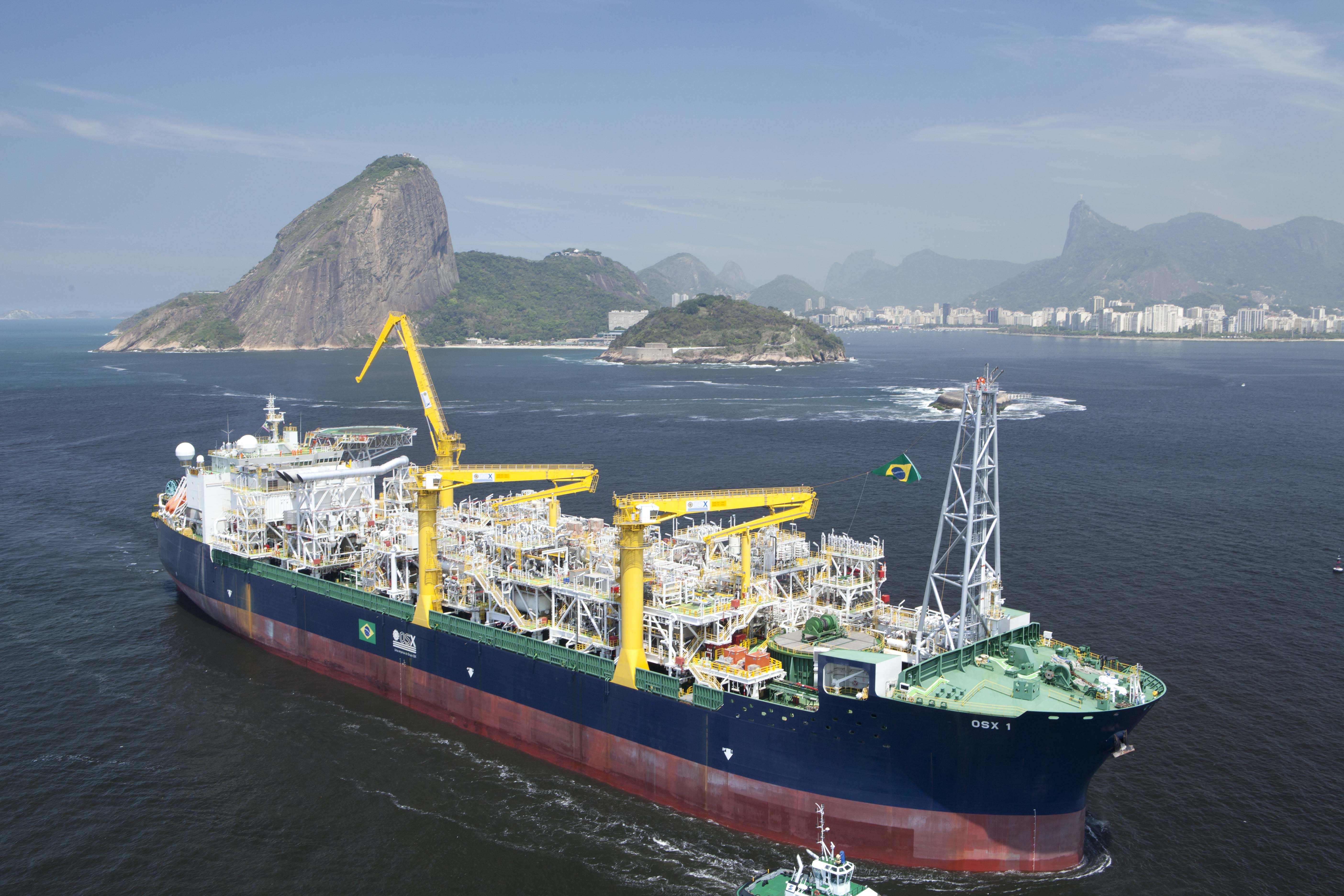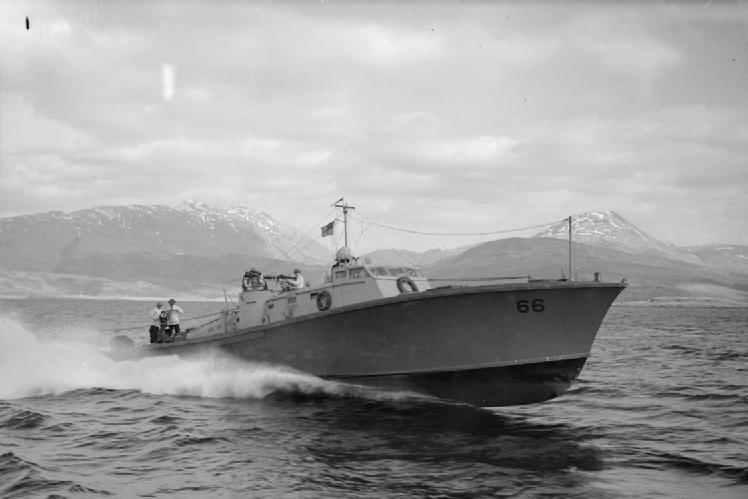|
Gusto Shipyard
Gusto Shipyard, previously A.F. Smulders, was a shipbuilding company in Schiedam, Netherlands. It was famous for dredging and offshore vessels. In 1978 it was closed down under suspicious circumstances. Its engineering office still exists as GustoMSC, a subsidiary of American oil rig and equipment manufacturer NOV Inc. Predecessors In 1862 A.F. (Guust) Smulders (1838-1908) from Tilburg, founded a small machine factory in 's-Hertogenbosch. It soon expanded with an iron foundry (1863-1864) and a shipyard (1865). Guust also had a tow service and rented out machinery. In 1867 Guust's younger brother Charles (1842-1900) joined the company. By 1872 they had become so successful that they bought (Utrecht iron foundry and machine factory) for 60,000 guilders. The factory then became known as 'Utrechtsche IJzergieterij & Machinefabriek, Firma A.F. Smulders'. An important product in Utrecht was the production of machinery to produce margarine. In Utrecht heavy equipment was the main prod ... [...More Info...] [...Related Items...] OR: [Wikipedia] [Google] [Baidu] |
Schiedam
Schiedam () is a city and municipality in the west of the Netherlands. It is located in the Rotterdam–The Hague metropolitan area, west of Rotterdam, east of Vlaardingen, and south of Delft. In the south the city is connected with the village of Pernis, Netherlands, Pernis by the Beneluxtunnel. The city is known for its historical center with canals, and for having the tallest windmills in the world. Schiedam is also well known for the distilleries and malthouses and production of jenever (gin) − such as the internationally renowned Ketel One − so much so that in French language, French and English language, English the word ''schiedam'' (usually without a capital ''s-'') refers to the town's Holland gin. This was the town's main industry during the early Industrial Revolution in the 18th and 19th century, a period to which it owed its former nickname "Zwart Nazareth" or "Black Nazareth". Furthermore, the city is known for Lidwina, Saint Lidwina, one of the most famous Dut ... [...More Info...] [...Related Items...] OR: [Wikipedia] [Google] [Baidu] |
Bunkering
Bunkering is the supplying of fuel for use by ships (such fuel is referred to as bunker), including the logistics of loading and distributing the fuel among available shipboard tanks. A person dealing in trade of bunker (fuel) is called a bunker trader. The term bunkering originated in the days of steamships, when coal was stored in bunkers. Nowadays, the term bunker is generally applied to the petroleum products stored in tanks, and bunkering to the practice and business of refueling ships. Bunkering operations take place at seaports and include the storage and provision of the bunker (ship fuels) to vessels. Singapore is currently the largest bunkering port in the world. Bunkering in maritime law In many maritime contracts, such as charterparties, contracts for carriage of goods by sea, and marine insurance policies, the ship-owner or ship operator is required to ensure that the ship is seaworthy. Seaworthiness requires not only that the ship be sound and properly crew ... [...More Info...] [...Related Items...] OR: [Wikipedia] [Google] [Baidu] |
Floating Production Storage And Offloading
A floating production storage and offloading (FPSO) unit is a floating vessel used by the offshore oil and gas industry for the production and processing of hydrocarbons, and for the storage of oil. An FPSO vessel is designed to receive hydrocarbons produced by itself or from nearby platforms or subsea template, process them, and store oil until it can be offloaded onto a tanker or, less frequently, transported through a pipeline. FPSOs are preferred in frontier offshore regions as they are easy to install, and do not require a local pipeline infrastructure to export oil. FPSOs can be a conversion of an oil tanker (like the '' Seawise Giant'') or can be a vessel built specially for the application. A vessel used only to store oil (without processing it) is referred to as a floating storage and offloading (FSO) vessel. The first of a related type, floating liquefied natural gas vessels, went into service in 2016. Types FPSOs are classified into the following types. * ... [...More Info...] [...Related Items...] OR: [Wikipedia] [Google] [Baidu] |
Single Buoy Mooring
A Single buoy mooring (SrM) (also known as single-point mooring or SPM) is a loading buoy anchored offshore, that serves as a mooring point and interconnect for tankers loading or offloading gas or liquid products. SPMs are the link between geostatic subsea manifold connections and weathervaning tankers. They are capable of handling any tonnage ship, even very large crude carriers (VLCC) where no alternative facility is available. In shallow water SPMs are used to load and unload crude oil and refined products from inshore and offshore oilfields or refineries, usually through some form of storage system. These buoys are usually suitable for use by all types of oil tanker. In deep water oil fields, SPMs are usually used to load crude oil direct from the production platforms, where there are economic reasons not to run a pipeline to the shore. These moorings usually supply to dedicated tankers which can moor without assistance. Several types of single point mooring are in use. ... [...More Info...] [...Related Items...] OR: [Wikipedia] [Google] [Baidu] |
Senegal
Senegal,; Wolof: ''Senegaal''; Pulaar: 𞤅𞤫𞤲𞤫𞤺𞤢𞥄𞤤𞤭 (Senegaali); Arabic: السنغال ''As-Sinighal'') officially the Republic of Senegal,; Wolof: ''Réewum Senegaal''; Pulaar : 𞤈𞤫𞤲𞤣𞤢𞥄𞤲𞤣𞤭 𞤅𞤫𞤲𞤫𞤺𞤢𞥄𞤤𞤭 (Renndaandi Senegaali); Arabic: جمهورية السنغال ''Jumhuriat As-Sinighal'') is a country in West Africa, on the Atlantic Ocean coastline. Senegal is bordered by Mauritania to the north, Mali to the east, Guinea to the southeast and Guinea-Bissau to the southwest. Senegal nearly surrounds the Gambia, a country occupying a narrow sliver of land along the banks of the Gambia River, which separates Senegal's southern region of Casamance from the rest of the country. Senegal also shares a maritime border with Cape Verde. Senegal's economic and political capital is Dakar. Senegal is notably the westernmost country in the mainland of the Old World, or Afro-Eurasia. It owes its name to the ... [...More Info...] [...Related Items...] OR: [Wikipedia] [Google] [Baidu] |
Jackup Rig
A jackup rig or a self-elevating unit is a type of mobile platform that consists of a buoyant hull fitted with a number of movable legs, capable of raising its hull over the surface of the sea. The buoyant hull enables transportation of the unit and all attached machinery to a desired location. Once on location the hull is raised to the required elevation above the sea surface supported by the sea bed. The legs of such units may be designed to penetrate the sea bed, may be fitted with enlarged sections or footings, or may be attached to a bottom mat. Generally jackup rigs are not self-propelled and rely on tugs or heavy lift ships for transportation. Jackup platforms are almost exclusively used as exploratory oil and gas drilling platforms and as offshore and wind farm service platforms. Jackup rigs can either be triangular in shape with three legs or square in shape with four legs. Jackup platforms have been the most popular and numerous of various mobile types in existence. The ... [...More Info...] [...Related Items...] OR: [Wikipedia] [Google] [Baidu] |
Royal Dutch Shell
Shell plc is a British multinational oil and gas company headquartered in London, England. Shell is a public limited company with a primary listing on the London Stock Exchange (LSE) and secondary listings on Euronext Amsterdam and the New York Stock Exchange. It is one of the oil and gas "supermajors" and by revenue and profits is consistently one of the largest companies in the world. Measured by both its own emissions, and the emissions of all the fossil fuels it sells, Shell was the ninth-largest corporate producer of greenhouse gas emissions in the period 1988–2015. Shell was formed in 1907 through the merger of Royal Dutch Petroleum Company of the Netherlands and The "Shell" Transport and Trading Company of the United Kingdom. The combined company rapidly became the leading competitor of the American Standard Oil and by 1920 Shell was the largest producer of oil in the world. Shell first entered the chemicals industry in 1929. Shell was one of the " Seven Sisters" whi ... [...More Info...] [...Related Items...] OR: [Wikipedia] [Google] [Baidu] |
Verschure & Co's
Verschure & Co's was a shipbuilding company and machine factory in Amsterdam. Context The shipping line Verschure & Co created its own repair shop in the Oosterdok, Amsterdam in the early 20th century. This was a floating repair shop, the changed paddle steamer ''Stad Zwolle''. In 1908 it became a real shipyard on a terrain on the north shore of the IJ. This was at Meeuwenlaan, and the later Motor Canal. The terrain was leased from the municipality of Amsterdam. Verschure thus became a complete shipyard, but it was still primarily meant for repairing the shipping line's ships. It immediately got electricity for lighting and machinery, instead of using steam. The shipyard was also successful in doing work for others. In 1912 it built its first ships for the shipping line. In 1913 Verschure & Co. became a separate private limited company, the N.V. Verschure & Co's Scheepswerf en Machinefabriek. The capital stock was 300.000 guilders, of which 150.000 actually bought. Ing. ... [...More Info...] [...Related Items...] OR: [Wikipedia] [Google] [Baidu] |
Royal IHC
Royal IHC or Koninklijke IHC, previously IHC Holland (1943–1995), IHC Holland Merwede (1995–2005) and IHC Merwede (2005–2014) is a Dutch shipbuilding company with headquarters in Kinderdijk. It focuses on the development, design and construction of ships for the dredging and offshore industries. IHC Holland partnership (1943–1965) The Industriële Handels Combinatie (IHC) in the Hague was a partnership. The idea came up when the Billiton company made plans for tin mining after the war, and a number of shipyards each deemed themselves incapable to build the required vessels on their own after the war. The partnership consisted of 6 small companies which were all strong players in dredging, but wanted to be more efficient. In sales e.g. it was very inefficient for all these relatively small companies to have their own agents abroad. The partnership consisted of: * Conrad Shipyard in Haarlem * Gusto Shipyard Gusto Shipyard, previously A.F. Smulders, was a shipbuilding ... [...More Info...] [...Related Items...] OR: [Wikipedia] [Google] [Baidu] |
British Power Boat Company
The British Power Boat Company was a British manufacturer of motor boats, particularly racing boats and later military patrol boats. History The company was formed on 30 September 1927 when Hubert Scott-Paine bought and renamed the Hythe Shipyard with the intention of transforming it into one of the most modern mass production boat building yards in the country. Together with his chief designer, Fred Cooper, the company produced the 26-foot single step hydroplane racing boat Miss England I. Later after Fred Cooper had left, Hubert Scott-Paine designed Miss Britain III. From 1930 the British Power Boat Company supplied seaplane tenders to the Air Ministry, commencing with RAF200, a 37-footer. The trials of this and other boats was carried out by T. E. Shaw (T. E. Lawrence) on behalf of the Royal Air Force, and he and Scott-Paine worked together over the next few years. These tenders were powered by twin 100bhp Meadows petrol engines giving a maximum speed of 29 knots (some of th ... [...More Info...] [...Related Items...] OR: [Wikipedia] [Google] [Baidu] |







